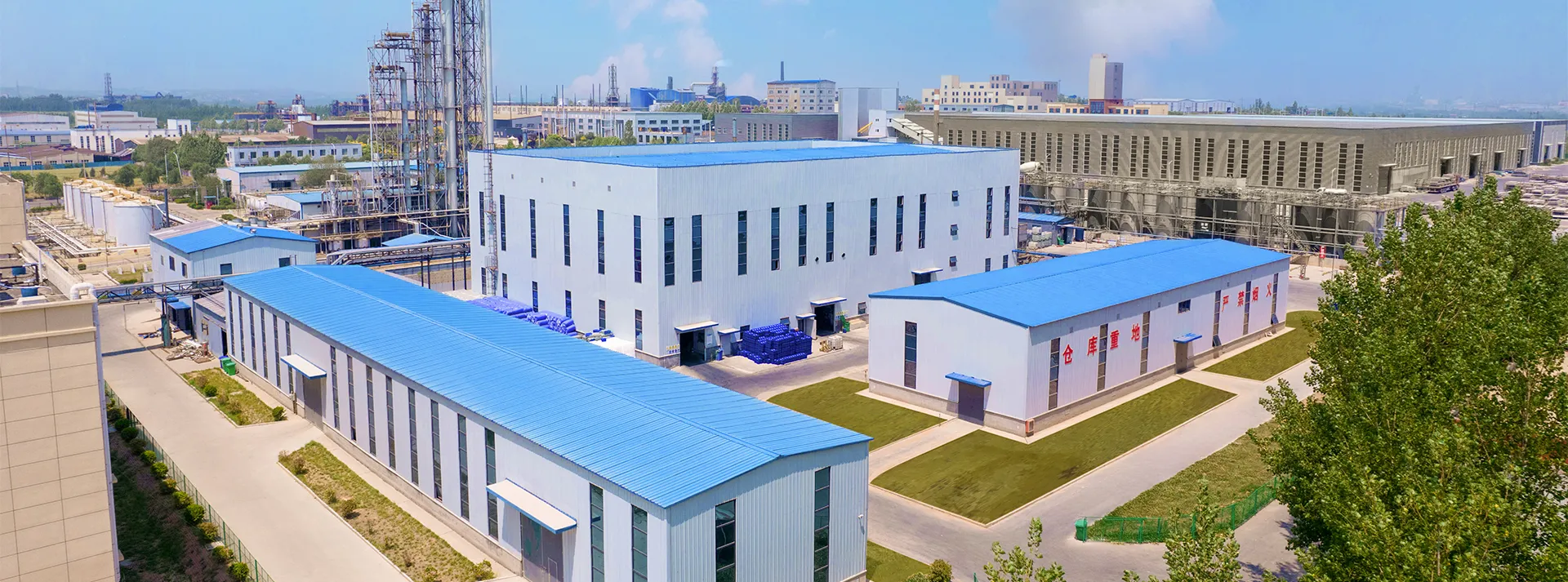polyacrylamide is a
Polyacrylamide An Indispensable Polymer in Modern Science and Industry
Polyacrylamide (PAAM) is a synthetic polymer widely recognized for its versatile applications across various fields, from biochemistry to environmental science. Formed through the polymerization of acrylamide monomers, polyacrylamide is characterized by its ability to absorb water and form a gel-like substance, making it an invaluable resource in numerous industrial and laboratory settings.
Chemical Structure and Properties
The chemical structure of polyacrylamide consists of repeating units of acrylamide, represented by the formula [C3H5NO]n. This structure grants the polymer unique properties, including high water solubility, the capability to form hydrogels, and a high degree of flexibility. The degree of polymerization can be manipulated to achieve varying molecular weights, which, in turn, influences the physical properties of the resulting polymer. These characteristics enable polyacrylamide to serve different functions, depending on its formulation and intended application.
Applications in Various Industries
1. Water Treatment
One of the most prominent applications of polyacrylamide is in water treatment processes. Due to its ability to coagulate and flocculate, polyacrylamide is extensively used in municipal and industrial wastewater treatment facilities to remove suspended solids. When introduced into wastewater, polyacrylamide particles help bind together fine particles, facilitating their removal and resulting in cleaner, safer discharge into the environment.
2. Agriculture
In agriculture, polyacrylamide is utilized as a soil conditioner and water retention agent. When applied to soil, it can enhance water infiltration and retention, reducing the need for frequent irrigation. This property makes it particularly useful in arid and semi-arid regions where water conservation is essential. Additionally, it can improve soil structure, reduce erosion, and promote healthier plant growth by maintaining optimal moisture levels.
3. Biomedical Applications
.polyacrylamide is a

Polyacrylamide has made significant strides in the biomedical field, especially in the development of protein separation and analysis techniques. The use of polyacrylamide gels in electrophoresis, for example, allows researchers to separate proteins based on their size and charge, facilitating critical studies in biochemistry and molecular biology. Furthermore, its biocompatibility has led to its exploration in drug delivery systems and tissue engineering, where it can be used to create scaffolds for cell growth.
4. Cosmetics and Personal Care Products
The cosmetic industry also benefits from polyacrylamide due to its water-retaining properties and ability to enhance the texture of creams and lotions. It acts as a thickener and stabilizer, contributing to the formulation of a wide range of beauty and personal care products. Moreover, the polymer's ability to form gels makes it a popular ingredient in products intended for skin hydration and rejuvenation.
5. Oil and Gas Industry
Polyacrylamide is utilized in the oil and gas industry, particularly in enhanced oil recovery techniques. When injected into oil reservoirs, it helps to increase the viscosity of water, improving the displacement of oil and aiding in its extraction. This application underscores the importance of polyacrylamide in optimizing resource recovery while minimizing environmental impacts.
Environmental Considerations
While polyacrylamide serves numerous beneficial roles, it is essential to consider its environmental impact. Acrylamide itself is a neurotoxin and a potential carcinogen, leading to concerns about its safety in various applications. However, polyacrylamide, when properly synthesized and utilized in controlled amounts, is generally regarded as safe for use. The polymer is typically soluble in water and can degrade into non-toxic substances under certain conditions, but efforts to minimize any potential environmental risks are crucial.
Conclusion
In summary, polyacrylamide is a multifunctional polymer that plays a crucial role in a plethora of applications, ranging from water treatment to biomedical research. Its unique properties and adaptability make it an indispensable tool in modern science and industry. As research continues to evolve, the potential uses of polyacrylamide may expand further, contributing to advancements in technology, sustainability, and health. Understanding its benefits and potential hazards, while embracing innovative applications, will ensure a balanced approach to using this vital polymer in the years to come.
-
Water Treatment with Flocculant Water TreatmentNewsJun.12,2025
-
Polymaleic AnhydrideNewsJun.12,2025
-
Polyaspartic AcidNewsJun.12,2025
-
Enhance Industrial Processes with IsothiazolinonesNewsJun.12,2025
-
Enhance Industrial Processes with PBTCA SolutionsNewsJun.12,2025
-
Dodecyldimethylbenzylammonium Chloride SolutionsNewsJun.12,2025





